Kings Island leads north’s 36-hole race
Kings Island took a step closer towards becoming the north’s first 36-hole golf course, amid a flurry of activity by golfing developers in the region.
With its extra nine holes, Kings Island has extended its lead in the race to be the north’s first 36-hole course |
The club will this weekend open another nine holes on its Mountainview course, next to the current 18-hole Lakeside course, 45 kilometres west of Hanoi.
It will become a fully-fledged 36-hole club later this year, the second of its kind in the country, after the Vietnam Golf and Country Club, in Ho Chi Minh City.
Kings Island is hosting the two-day Fall Classic tournament to celebrate the weekend opener, a chance for members to try the new course out for free. Non-member will be charged an entrance fee of $45.
Kings Island has also kicked off a special promotion that will run till the end of the year by reducing green fees for both visitors and member-guests by 40 per cent and offering members generous discounts on all food and beverage purchases.
The course, which currently has over 1,000 members, with about 70 per cent actively playing, plans to build a separate clubhouse for each course, along with a hotel, luxury villas, tennis courts, swimming pool and sailing facilities.
Robert Bicknell, director of golf at Kings Island, said adding another nine holes allows the club to handle more patrons and would help alleviate the congestion on the course, caused by the lack of alternatives for a round of golf in the north.
“It also provides both members and guests with an exciting new challenge to their skills,” he said.
Vietnam has eight golf courses in operation currently but most of them are located in the south.
Kings Island became the first course to open in the north in 1993, but its monopoly finally ended when Chi Linh Star Golf opened last December.
Chi Linh last month completed the second nine holes on their course in preparation for the Carlsberg Master Tournament this November which is organised by Asian Tour.
Chi Linh is also planning to become a 36-hole course by 2006, alongside 300 villas and a five-star hotel.
Chi Linh now has around 800 members and general manager Lars Holden said the course was aiming for 60 per cent of its members to be Vietnamese. At least nine other golf courses are under construction or in the pipeline in the north and several others in the central region, as developers scramble to capitalise on increasing number of wealthy locals, foreign residents and tourists looking for a round of golf.
Close to the Chinese border, a $38 million hotel and golf facility in Lang Son province is to be built, while a $36 million golf, hotel, villa and entertainment complex is also planned for Quang Ninh.
Korean Asia Air Express last month received a licence to build a $20 million course in Hoa Binh province that will boast a 54-hole golf course and a number of villas for lease.
Bicknell said he saw only positive factors from the opening of so many new courses, which would provide more space for people to learn the game and create more attractive packages for tourist companies.
“As more courses open up, competition will increase, but this is a good thing as it forces everyone to work a little bit harder and increase their service levels,” he said.
He added that northern courses would have to work hard to attract new players to ensure supply would not outweigh demand.
Golf might be a game for the rich now but Bicknell believed the amount of players would increase as the disposable income of the local population rose.
“Golf can be a very accurate barometer of a nation’s economic health and, if the amount of new Vietnamese memberships sold each year nationwide is any indication, Vietnam’s economic health seems to be very strong indeed,” he said.
The per capita income in Vietnam is around $450 annually but the figure is much higher in big cities, such as Hanoi and Ho Chi Minh City.
The government expect the economy to grow 7.7 per cent this year and more than eight per cent next year.
What the stars mean:
★ Poor ★ ★ Promising ★★★ Good ★★★★ Very good ★★★★★ Exceptional
Related Contents
Latest News
More News
- Trump's trade policies could shape Vietnam's economic outlook: Dragon Capital (November 15, 2024 | 16:56)
- The One Destination partners with Singapore investor and institutional fund to build ESG real estate complex (November 11, 2024 | 10:32)
- Stabilising measures must sit alongside land price hikes (November 07, 2024 | 09:56)
- CapitaLand Development records strong bookings for Orchard Hill (November 07, 2024 | 08:19)
- Public transport and real estate: The rise of Transit Oriented Development (November 05, 2024 | 15:06)
- Funding flows to second-tier localities (November 03, 2024 | 15:24)
- Hanoi has long road to travel in becoming a smart city (November 03, 2024 | 15:00)
- Nam Long Group hands over keys to Akari City Phase 2 (October 30, 2024 | 18:29)
- KTG Industrial expands industrial footprint at Taitronics 2024 (October 29, 2024 | 14:46)
- Deal signed for sustainable development at Prodezi Eco-Industrial Park (October 26, 2024 | 10:02)




 Tag:
Tag: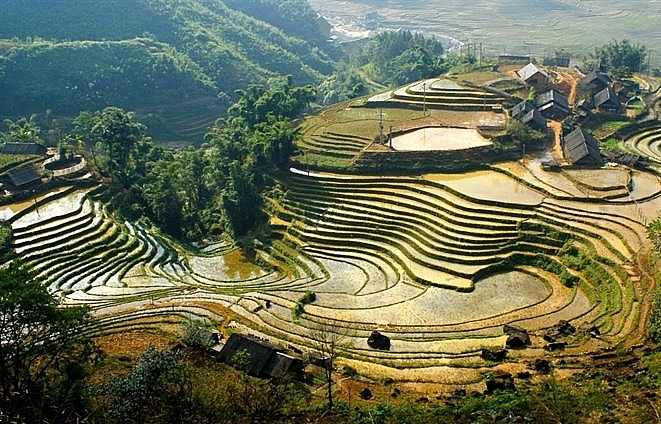
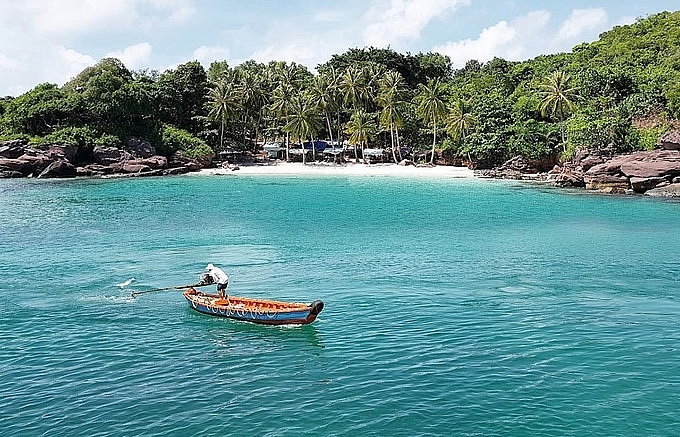
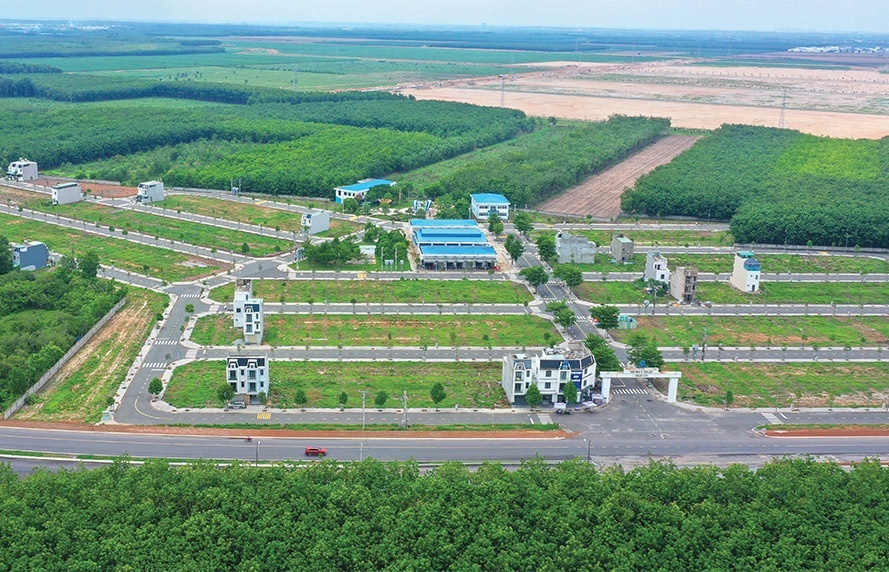



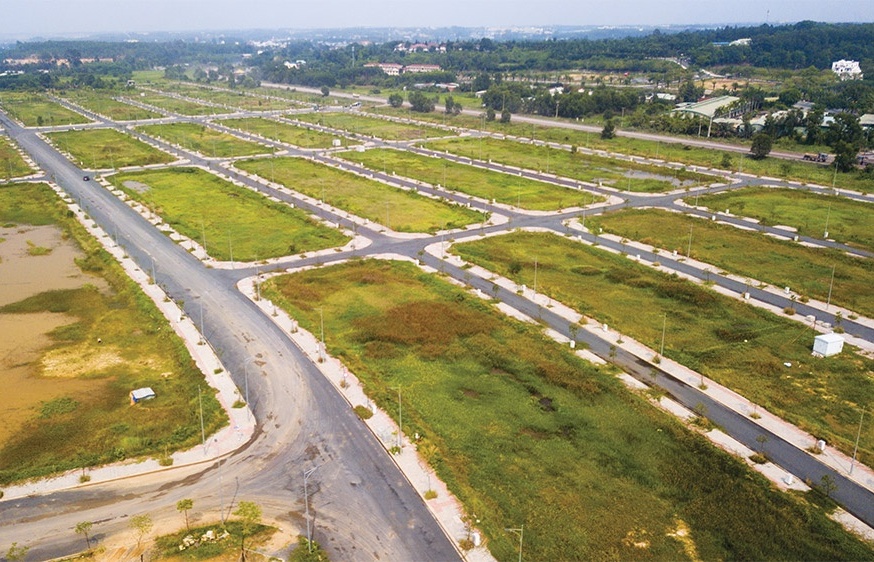
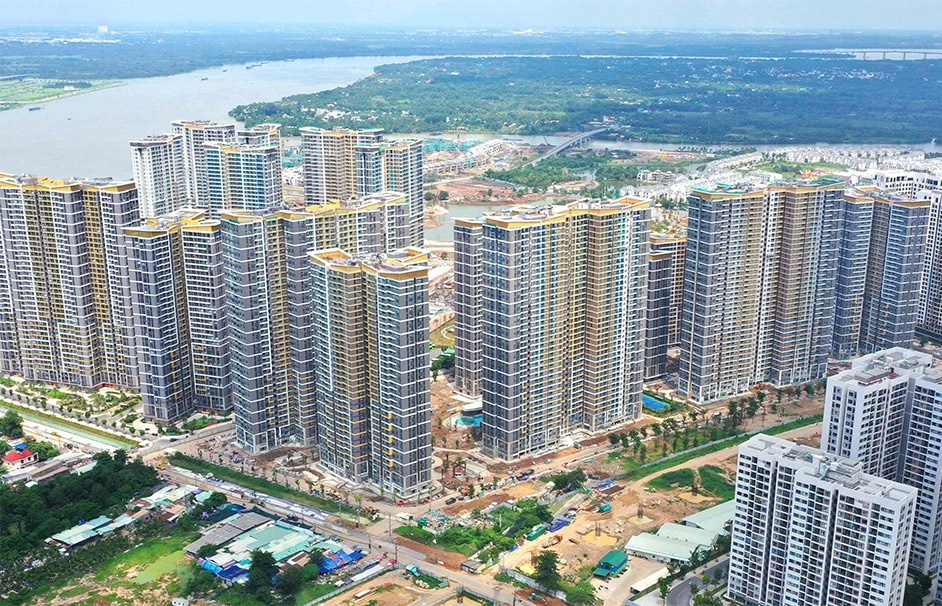









 Mobile Version
Mobile Version